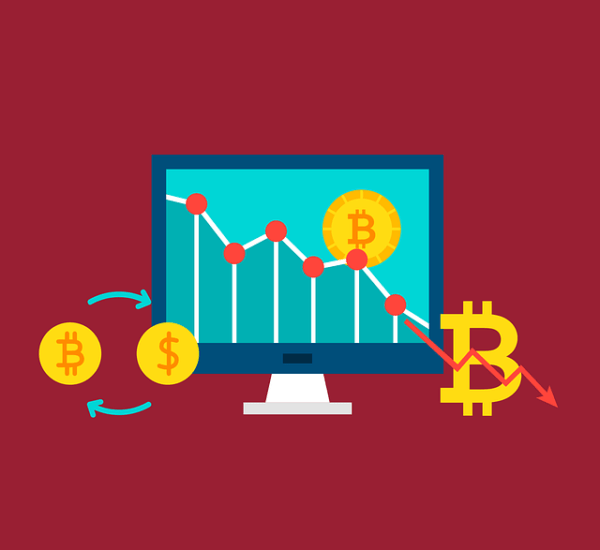Originally posted here.
By: HitBTC Team
Overview
Fiat money is essential in our daily lives. Fiat money exists in the form of coins, banknotes, and book money, which reflects bank account balances.
“Fiat” is a Latin word that means “let it be done”. The first known case of fiat money public usage dates
The Post
Fiat money is essential in our daily lives. Fiat money exists in the form of coins, banknotes, and book money, which reflects bank account balances.
“Fiat” is a Latin word that means “let it be done”. The first known case of fiat money public usage dates back to 11th century China.
What is fiat money
Modern coins and banknotes have little intrinsic value. The cost of their production does not equal the nominal value depicted on them.
Coins are currently minted from non-precious metals. Banknotes are paper bills with several degrees of protection. Central Banks of modern countries control the money supply, coins and banknotes are producedin secure facilities by the enterprises affiliated with the government.
In the past, when money was in the form of coins made from gold and silver, the money value was determined by the amount of precious metal it contained.
The value of modern currencies rests on the authority of the government as well as the economic and political institutions of the country.
The history of Fiat and the development of money
In ancient times, trade was in the form of barter, which means that people exchanged goods and services with each other. Later, the first form of payment emerged, when started making ingots from metals. Copper, and copper alloys, in particular, were used for coinage as early as the 3rd century B.C. Copper was the ideal metal for coin-making. Copper and its alloys actively resisted wear and corrosion over time.
The first paper money was in the form of a certificate that indicated how much gold its owner is entitled by a specific bank. Initially, all paper money were backed by gold. Countries emitting money kept collateral in the form of gold and other precious metals for each banknote.
Starting in the 11th century, various countries abandoned the gold standard many times and switched to fiat money but only for a short period of time. This was generally at the times of economic crisis or war. However, the monetary system drastically changed in the 1970s when the majority of countries abandoned the gold standard.
The current monetary system was born in early 1976, when the International Monetary Fund (“IMF”) Board of Governance adopted Jamaican Accords. The new agreement of the members of the IMF declared that the currency will be: freely convertible with a floating exchange rate – the value of national currencies is determined by supply and demand.
How money has evolved:
Barter. Purchases and sales were carried out via the form of exchange, for example, wheat was exchanged for fur;
Commodity money. Certain items were widely used and people recognized them as a means of exchange. Examples include salt, sugar, cattle, and others;
Coins. Metals, such as gold, silver, and others, were very convenient as commodity money: easy to store, transport, and scarce. At some point, various countries started minting coins and allowed them as the only means of exchange.
Gold-backed money – each banknote or coin is supported by a certain volume …….
